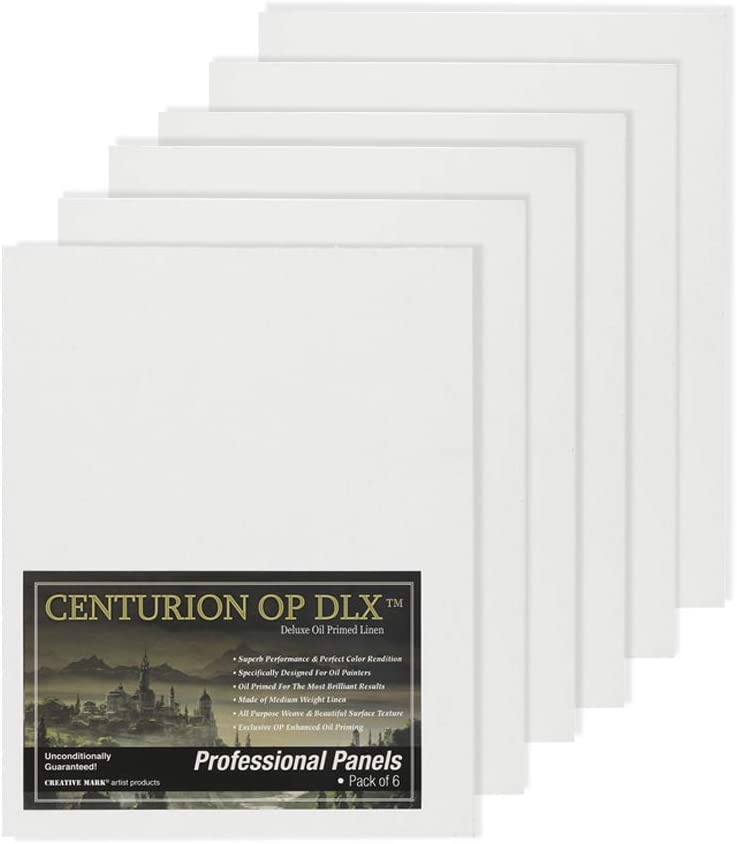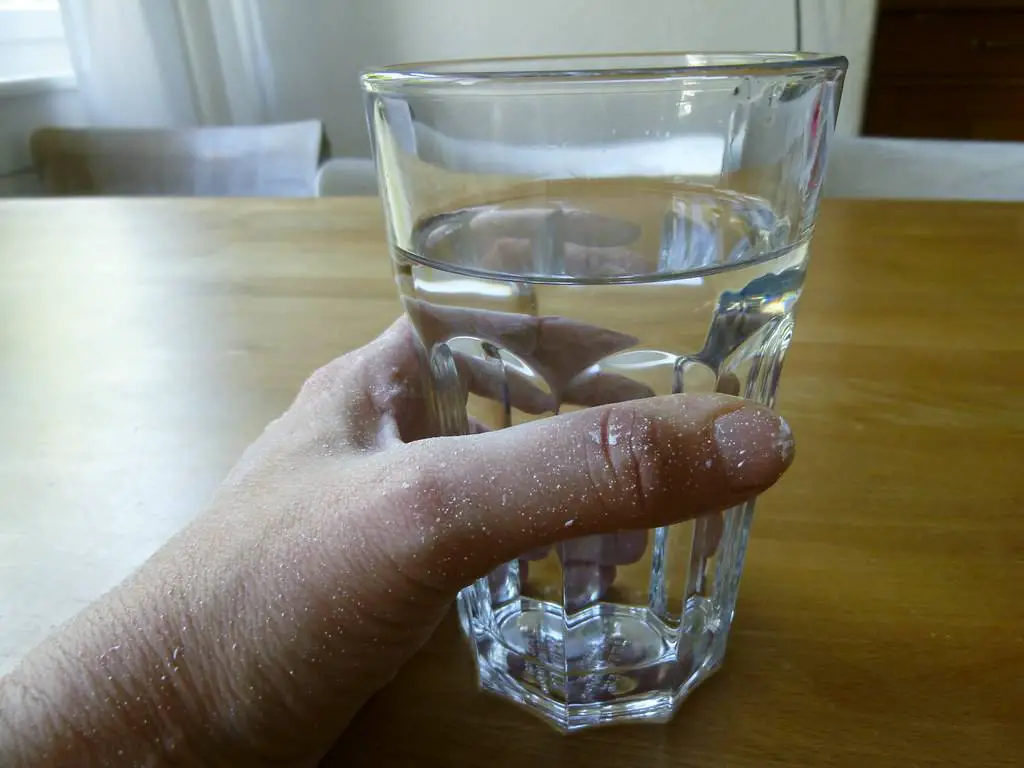Alla Prima is a technique of oil painting in which artists create the whole painting in a single sitting or session. The word Alla Prima is a Latin phrase that means “at first attempt” or “on the first go”. Another word used for Alla prima is ‘wet-on-wet’ because you are painting on top of wet paint without waiting for it to dry. In this blog post, I am going to mention some of the highly recommended tips to get success in Alla Prima oil painting.
Table of Contents
- 1. Understand Your Niche
- 2. Choose Oil Primed Surfaces
- 3. Set a parallel location of the palette with a canvas
- 4. Organize Your Workflow
- 5. Pay attention to close marks
- 6. Understand the difference between light and dark pigments
- 7. Constantly try to refine the shape
- 8. take short breaks
- 9. Put Thin Layers first
- 10. Take care of the strokes and highlights
- Conclusion
1. Understand Your Niche
We are in an era in which we can say that it is a niche market. If you really want to become a successful painter then you must have to select a specific niche to create Alla prima artwork. I recommend choosing a niche according to your interest and passion. Choose something which you really like and you can spend a lot of years making some great paintings on that specific thing. Sit alone and think about yourself and your passion. Think out of ideas that come into your mind and you really want to make them on the spot.
For example, you choose a wildlife niche in which you create artwork of animals like tigers, elephants, wild plants, birds, etc. Work consistently and create wonderful paintings and sell them. Tell your clients that you can make wonderful paintings of any living creature. Slowly slowly, you will get famous by creating a good name in the market in that specific niche.
Here are some examples of niches that you can choose if you are new and want to get into it.
- Marine art
- Wildlife Art
- Pet Art
- Vehicle Art
- Landscapes
- trees
- Wine Art
- Romantic Cottages
2. Choose Oil Primed Surfaces

For a beginner, the surface doesn’t matter so much because learning can be done on any surface. But to achieve professionalism, the surface is so much more important. An oil-primed surface is ideal for Alla prima painting because it gives a natural feel to oil paint.
Oil-primed surfaces are more absorbent and glossy which gives an eye-catching look to your painting. In fact, you can easily separate things down with a piece of paper or towel if you feel like your sketch is not so good. Here are some of the surfaces which are really wonderful with Alla prima.
- Centurion Deluxe oil-primed linen panel
- Guerrilla Painter extra fine oil primed linen panels
- Masterpiece oil primed stretched canvas
What if you can't afford an oil primed canvas? If your budget is tight then you can put a layer of oil ground on top of normal gesso and wait for some time to let it dry.
3. Set a parallel location of the palette with a canvas

A good painting is a true mirror of an artist’s mind. This mind can only develop the idea if it is comfortable with the painting method that he acquired. Using a good pallet with a parallel location is a way to provide comfort and easiness. You can also judge values very easily and it will also save time.
But if you are painting outdoors, you can adjust your palette and canvas in such a way that is suitable according to the environment.
4. Organize Your Workflow
As we work mostly wet on wet in Alla prima, so there are so many chances of losing the texture of paint during work if you don’t work continuously. You must finish the procedure before drying time. Once oil paint gets dried, you will not be able to make more changes. In this case, you need a good workflow through which you can work at a faster and more consistent rate.
For example, if you are working on the face of the subject, you must have good control of your grip and performance. To increase workflow, set a daily routine to work continuously for at least 40 minutes. This practice is helpful in boosting skills and workflow.
5. Pay attention to close marks

There are some minor parts that can be easily ruined if you don’t pay full attention to them. For example, the position of the eyes in creating a face is very important and defines the whole face. You can practice it by making a demo first to make sure everything goes correctly in the original painting.
You can use different sizes of brushes while filling paint between the structure. Also, make sure that your brush has a clean and required bristle. Use a round sable brush for small details and highlights. Don’t waste time on brush cleaning, instead keep at least two brushes of the same size which you can use first for the darks and second for the lights. Here are some ideal brushes which I have picked for better results.
- Brushes from the Benicci store
- Paint brushes from the VIKEWE store
6. Understand the difference between light and dark pigments

Painting is a game of pigments. Before using every pigment, you must have a good experience with its result. It is going to be very helpful in good visual results. Make sure to place both light and dark pigments in an appropriate arrangement to avoid any wrong addition of colors.
Always judge the working of pigment on an appropriate surface on the palette to understand them clearly. When you mix paint on the palette, try to keep the dark area separate from the light area.
7. Constantly try to refine the shape
When you are in the procedure to make your sketch, try to observe it clearly and constantly refine the shape to find the most aesthetic or ideal shape. If you are using an oil-primed surface, you can easily wipe off the mistakes with a paper or towel and then again adjust it. Repeat the procedure again and again until you get the desired shape.
Use your eyesight to simplify things and try to find problems that you can fix at the moment before the drying of your paint. Don’t copy the whole subject, rather use your inspirations too which can add a good touch to the painting.
8. take short breaks
Working continuously for hours lowers the potential of your mind. Taking small breaks of about 1-2 minutes can be really helpful in making your mind relax. Don’t do anything in these two minutes. Take a slow deep breath by closing your eyes. It will help you to stay calm and relax till the next break and when you go back to your painting, you will see it with a fresh mind.
you can also play some relaxing sounds of nature in order to make your mind relax and feel the importance of your work.
9. Put Thin Layers first
Make thin layers first to make the structure of your subject. It is helpful to put additional thin layers to make changes. This practice is gonna help you to avoid too much thickness of layers. As you draw the structure first and then put the other layers one by one. So keep it thin from the start for more defined and better final results. Keep edges very soft at the beginning, to decide which edge should be sharp or razer later.
10. Take care of the strokes and highlights

Before painting any subject, analyze it carefully. Try to find those areas which have the brightest light and those which are darker. Adjust these highlights in a balanced texture. Instead of wondering, make their shapes in your mind like a geometrical shape and then draw a balanced layer.
For example, you are making a painting of a subject. At some point, there is a bright light. Instead of filling it without any thinking, consider it as a geometrical shape and put it accordingly in your painting.
Conclusion
Doing Alla prima wet on wet is among the most interesting artworks. Just make sure that you choose a good quality surface that enhances the quality of your work and you can also correct the mistakes. Create comfort for yourself and set the location of your working chair, easel, and palette accordingly. Just be honest and consistent with your work and let your mind know what are you going to make. to achieve professionalism, keep a couple of sets of brushes for light and dark colors so you don’t put too much time into cleaning them.
Still want to know more about Alla prima, read complete introduction to Alla prima oil painting and reason behind a fast drying oil paint.
References
- Artmarketingnews, “Niche ideas”, Accessed on Jan 11, 2022, https://artmarketingnews.com/niches/.
- Arthur Gain, “Essential tips” Accessed on Jan 11, 2022, https://www.youtube.com/@ArthurGain

